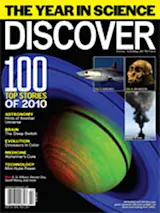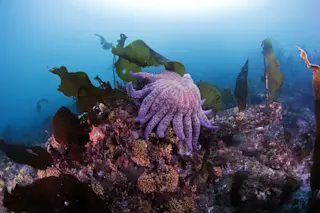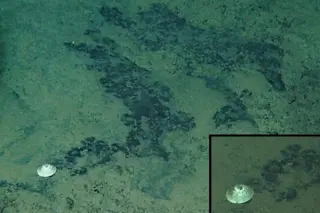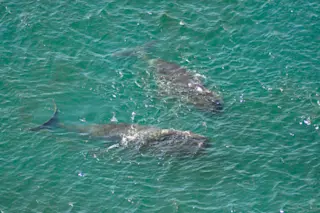Foot-long fossilized teeth found in the Chilean desert—once an ocean—have long tantalized paleontologists, who wondered what kind of beast had left them behind. In July, Olivier Lambert of the National Museum of Natural History in Paris announced that his team may have solved the puzzle. Working in Peru, they unearthed similar teeth along with the giant skull and jaw of a fearsome, 12-million-year-old sperm whale.
Named Livyatan melvillei in honor of Moby-Dick’s author, the whale was roughly the size of a modern adult male sperm whale. But living sperm whales have small teeth and typically do not use them to capture prey. Paleontologists suspect that L. melvillei fed more like an orca, savagely ripping and tearing its victims.
Ancient baleen whales found in the same area “would have been perfect prey for such an animal,” says Lambert, who has returned to Peru in search of the rest of Livyatan’s skeleton.














